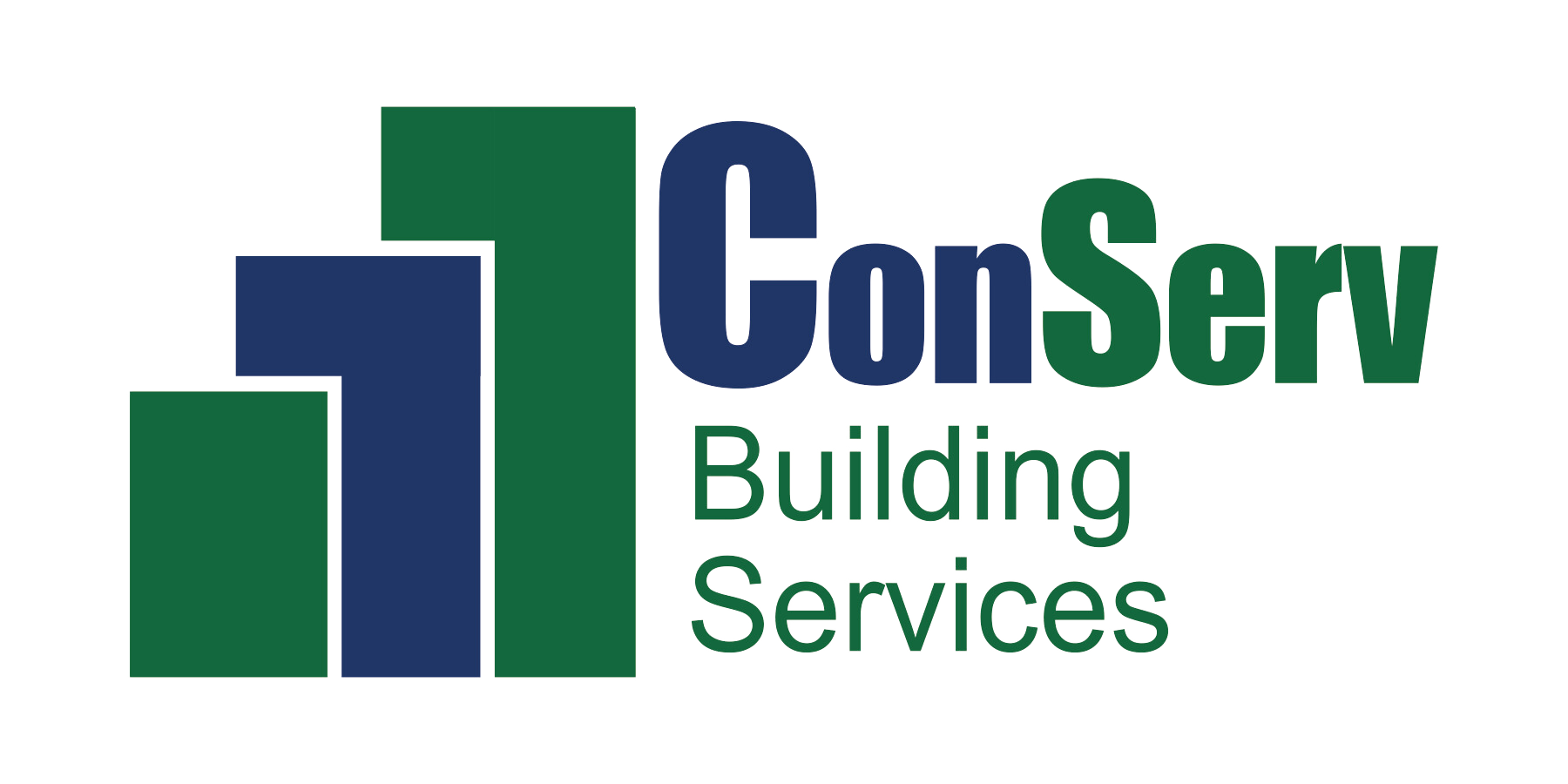Q: What air cleaning technologies are effective for inactivating the virus?
A: No single technology can guarantee 100 percent effectiveness for inactivation of Coronavirus. As it is so new, information on the virus’ survivability in air and on surfaces is being updated regularly. A balanced approach that utilizes multiple techniques may be the best option.
Filtration
- Media filters can be effective for trapping particles containing the virus (depending on the particle size and MERV rating).
Ultraviolet Germicidal Irradiation (UVGI)
- Can be deployed in air handlers, ducts, and in rooms.
- Effectiveness depends on the UVGI dosage, exposure time, and humidity level.
- Higher UVGI dosage (i.e. power) increases effectiveness.
- Longer exposure time increases effectiveness.
Air Ionization
- Air ionization is gaining popularity as a viable active air treatment option that not only affects contaminants and microbes in the air, but also on surfaces, even hidden surfaces.
- Monopolar (unipolar) ionization works by flooding the air with millions of either negatively or positively charged particles to react with both microbes and VOC contaminants. This system is typically used in small, room-size systems that precipitate the particles from the air and collect them on an oppositely charged plate.
- Bipolar ionization works by flooding the air with millions of both negatively and positively charged ions that react with both microbes as well as VOC contaminants. These are typically deployed in Central Station AHU or ducts.
- Bipolar ionization has been shown to be more effective at inactivating microbes than monopolar systems.
For more information, contact your local ConServ Building Services office.
ConServ Building Services provides excellent commercial HVAC, refrigeration, plumbing, and general construction services to businesses across the Southeastern United States. To learn more about ConServ Building Services, LLC, visit www.conservonline.com.
